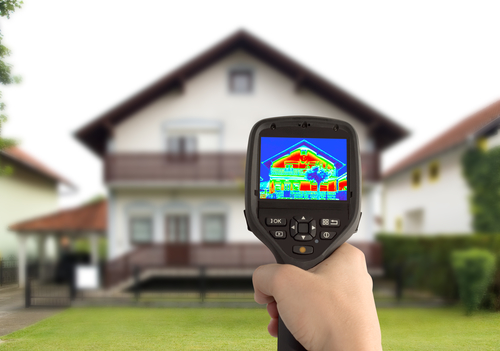ENERGY STAR®

R-Value- What Does It Mean-
Insulation- Did You Know?
-
- Closed cell spray foam and has twice the R-value per inch of fiberglass or cellulose at r-7 per inch
- Access doors from conditioned spaces to unconditioned spaces (attics and crawl spaces) should be weatherstripped and insulated.
- In Maryland the recommended insulation level for most attics is R-49 or about 15-20 inches, depending on the insulation type.
- Sealing air leaks before adding your insulation will ensure that you get the best performance from your insulation.
Where to use and How much?
Attic Insulation:
It should have a minimum of R-49 in the attic, which is equivalent to approximately 16″ of fiberglass insulation.
Wall Insulation:
Fiberglass batts for standard 2×4 walls are available in low, medium, and high density products that range from R-11 to R-15. Whereas, Sprayed foam insulation in the same wall cavity can range from an R-14 to an R-28 depending on the product.
Floor Insulation:
Depending on different circumstances such as – interference with moisture and proper ventilation – The United States Department of Energy recommends having insulation of R-25.
Of course for different types and brands of insulation used and how it was installed will vary. Here we have below the general comparisons from the Department of Energy:
Insulation Type : R-Value Per Inch
Fiberglass Batts – 2.9-3.8
Fiberglass Loose – 2.2-2.-
Cotton Batts – 3.0- 3.7
Cellulose Loose – 3.1-3.8
Polyurethane Foam – 5.6 – 8.0
Phenolic Foam – 4.4 – 8.2
Let us help you today to ensure the right consumption of energy. We can help you with our knowledge and experience of saving our customers money on their monthly energy bills. Give us a call today!